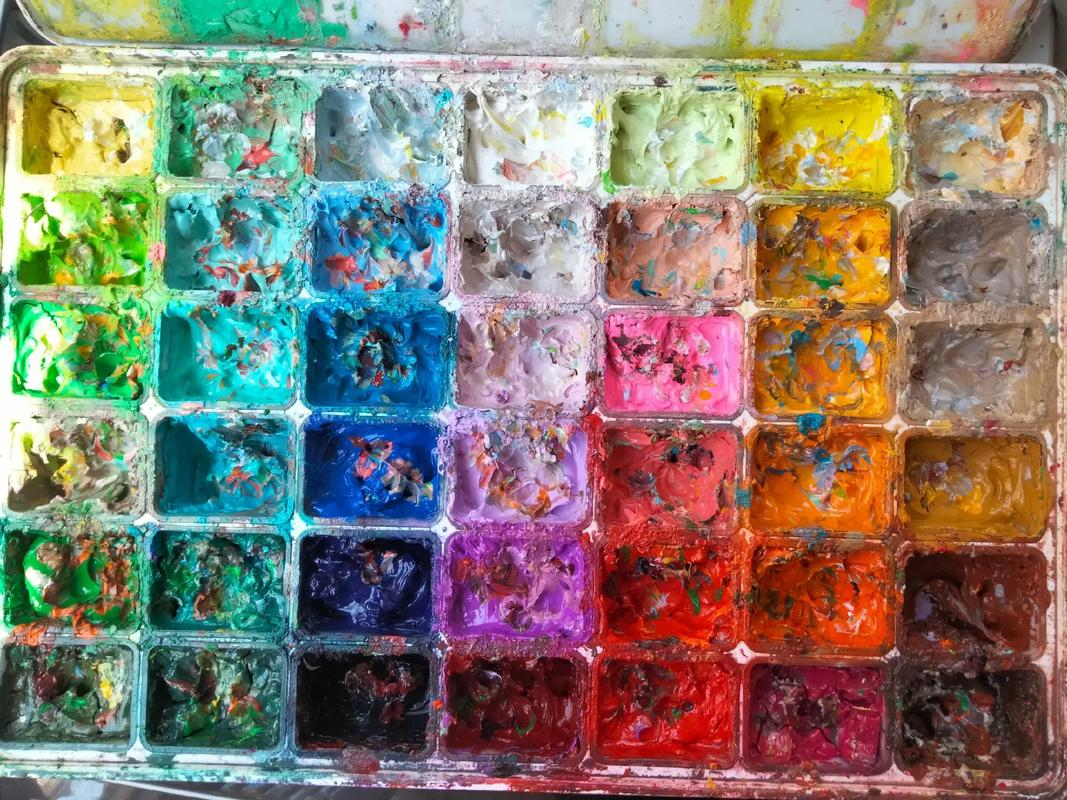The Application of Polyvinyl Chloride (PVC) in the Medical Device Industry
聚氯乙烯(pvc)类材料物理性质包括:pvc材料制造的方便性、以及这类材料与静脉(intravenous,iv)注射液和血液之间良好的相容性。在医疗护理方面通常所使用的pvc类产品中都含有邻苯二甲酸二己酯(dehp)增塑剂。邻苯二甲酸二己酯的作用在于增加了pvc产品的弹性。dehp,作为最经济有效并且广泛使用的增塑剂之一,它的作用在于使pvc具有柔软性和易弯曲性。
The physical properties of polyvinyl chloride (PVC) materials include the convenience of manufacturing PVC materials and their good compatibility with intravenous (IV) injections and blood. Dihexyl phthalate (dehp) plasticizer is contained in pvc products commonly used in medical care. The function of dihexyl phthalate is to increase the elasticity of pvc products. Dehp, as one of the most cost-effective and widely used plasticizers, its function is to make PVC soft and flexible.
使用增塑聚氯乙烯(plasticizedpvc)所制成的医疗产品最初是用来替代天然橡胶和玻璃在医疗设备中的使用。替代的原因在于:增塑聚氯乙烯类材料具有更易杀菌、更加透明的特点,并且具有更好的化学稳定性和经济有效性。增塑聚氯乙烯类产品使用方便,并且由于其自身具有柔软性和弹性,因而可以避免对病人敏感的组织造成损伤并避免使病人产生不舒适感。
Medical products made from plasticized polyvinyl chloride(pvc) were initially used to replace the use of natural rubber and glass in medical equipment. The reason for substitution is that plasticized polyvinyl chloride(pvc) materials have the characteristics of easier sterilization, more transparency, and better chemical stability and economic efficiency. Plasticized polyvinyl chloride (pvc) products are convenient to use, and due to their inherent softness and elasticity, they can avoid damage to sensitive tissues of patients and avoid discomfort.
在pvc中加入增塑剂是为了改进pvc的柔软性、耐寒性、增进光稳定性。不同用途的pvc制品,增塑剂的添加量不同。例如,食品包装用pvc中邻苯二甲酸酯类的重量比在28%左右,玩具用的柔性塑料达到35%~40%。研究表明,含有邻苯二甲酸酯类的pvc遇上油脂或在100℃以上高温环境下,很容易释放。由于对含有邻苯二甲酸盐酯类pvc危害认识不同,其认可的影响范围和程度不同,因而各国对含有邻苯二甲酸酯类的pvc的使用限制也不同。
Adding plasticizers to PVC is to improve its softness, cold resistance, and enhance its photostability. The amount of plasticizer added varies for different uses of PVC products. For example, the weight ratio of phthalates in PVC used for food packaging is around 28%, while flexible plastics used for toys reach 35% to 40%. Research has shown that PVC containing phthalates is easily released when encountering oils or high temperatures above 100 ℃. Due to different understandings of the hazards of PVC containing phthalate esters, the scope and degree of their recognition vary, resulting in different restrictions on the use of PVC containing phthalate esters in various countries.













